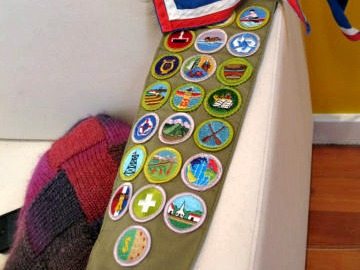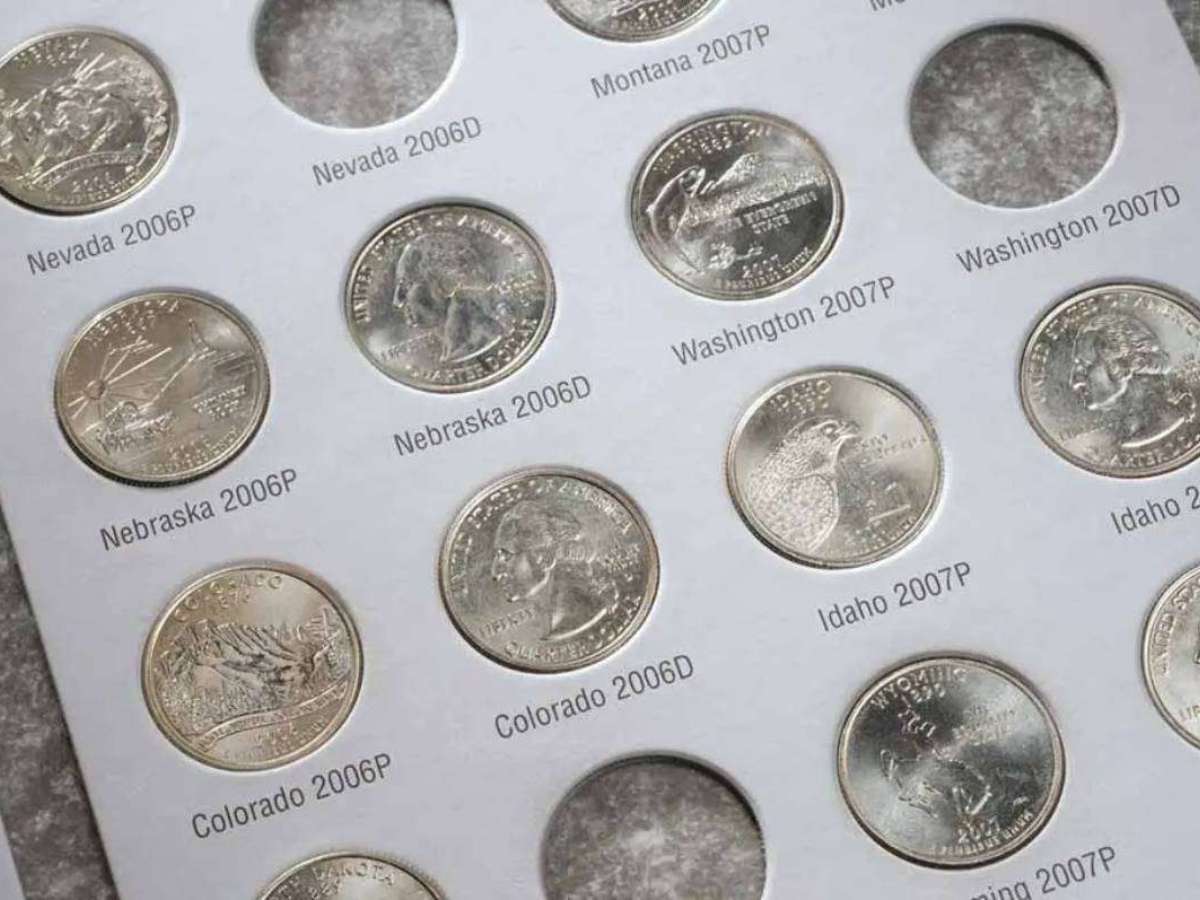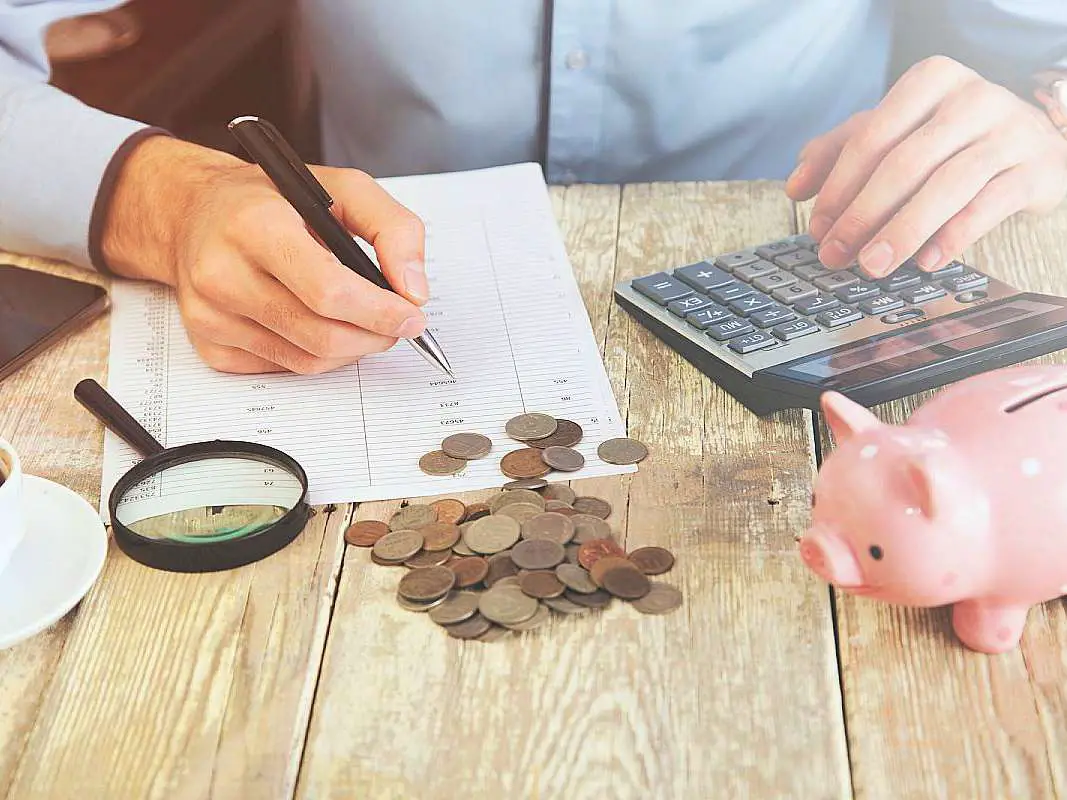
Boy Scouts have been earning coin collecting merit badges for decades.
The Merit Badge requirements for coin collecting ensures that any Boy Scout vying for a coin collecting Merit Badge completes certain objectives and goals which teach young scouts:
- The value of money
- The history of coinage
- The many important basics of coin collecting and numismatics
The coin collecting merit badge requirements are not particularly difficult to meet, but they do require careful consideration so that each of the goals is successfully achieved.
Perhaps the most important thing the Boy Scout hoping to earn his coin collecting merit badge should remember is that, upon completing the coin collecting merit badge requirements, he will probably know more about basic numismatics than most others just starting out the hobby of coin collecting!
Boy Scout Coin Collecting Merit Badge Requirements
Below you’ll find all the Boy Scout coin collecting Merit Badge requirements.
Be sure to check out some of the ideas and hints offered by the ANA (American Numismatic Association) on how to achieve the coin collecting merit badge, as well.
There are currently 10 major goals and challenges that Boy Scouts must accomplish to earn their coin collecting merit badges. These are the most recent merit badge requirements which can be found in Boy Scouts Requirements 2009 Edition, BSA Supply 33216.
#1 – Know how coins are made and which U.S. Mint facilities are currently operating.
This is simply a matter of knowing:
- How coins are made
- Which U.S. Mint facilities make coins today (This includes all of the operating branch mints)
#2 – Explain what these coin terms mean:
- Clad
- Date Set
- Obverse
- Reeding
- Reverse
- Type Set
Here’s a good resource for coin terminology.
#3 – Be informed on coin grading.
There are basically 4 sub-areas Boy Scouts must meet when accomplishing this goal.
The 1st part of this objective is explaining each of 7 main coin grades.
Those coin grades are:
- Uncirculated
- Extremely Fine
- Very Fine
- Fine
- Very Good
- Good
- Poor
The 2nd aspect of this objective involves collecting and displaying a single type of coin from 5 of these grades. For example, a Boy Scout would need a Lincoln cent in uncirculated, extremely fine, fine, very good, and good.
The 3rd part of this goal requires the Boy Scout to explain what a proof coin is and why proof is not a grade.
The 4th and final dimension of this requirement is to explain what encapsulated (3rd-party graded) coins are. It might help the Boy Scout to explain some of the advantages of a 3rd-party graded coin over raw coins.
#4 – Understand and explain 3 different coin storage methods.
This part of the coin collecting merit badge requirements needs Boy Scouts to find out and explain 3 various ways to store coins and also compare each of these to the others. Which are more expensive? Which might protect coins better? Which coin storage methods are good for long-term protection versus short-term housing?
Another element of this goal is to choose one of these coin storage methods for protecting and housing coins collected for the coin collecting merit badge.
#5 – Get to know some coin collecting publications.
Yes, a bit of reading is involved in earning the coin collecting merit badge! The Boy Scout will need to know how to use and refer to 2 United States coin or world coin catalogs.
Another part of this goal is to read a coin collecting magazine or newspaper. Afterward, the Boy Scout must be able to demonstrate to a counselor some of the things he learned from that coin collecting newspaper or magazine.
#6 – Talk about and collect the 50 States Quarters.
Boy Scouts must be able to describe some of the basics about the 50 States quarters series, including:
- How long the series ran
- The purpose of the series
- Other background on the popular coin series
The Boy Scout must also collect and display to a counselor 5 of the 50 States quarters picked out of pocket change.
#7 – Build a circulation type set.
Boy Scouts must build (from pocket change) a set of currently circulating coinage. He must also acquire a:
- Cent
- Nickel
- Dime
- Quarter
- Half-dollar
- Dollar coin
A tip for this part of the requirement: go to a bank — banks almost always have at least a few half-dollar and dollar coins on hand.
Also, Boy Scouts must be able to find and identify any mint marks and designers’ initials which appear on the coins he collects for this set.
#8 – Show some paper currency skills.
While most of the coin collecting merit badge requirements focus solely on coinage, there are a few things Boy Scouts have to know about paper currency.
These skills include:
- Know who appears on the $1, $2, $5, $10, $20, $50, and $100 bills.
- Understand and describe what legal tender means.
- Explain how currency is placed into circulation by the Federal Reserve.
#9 – Build a small coin collection.
To earn a coin collecting merit badge, a Boy Scout must build one of the following types of banknote or coin collections:
- Build a type set of a single type of coin including every year since the Boy Scout’s birth. (For example, if the Boy Scout was born in 1997, then he could build a collection of Lincoln cents — 1 for every year since 1997.)
- Collect 50 foreign coins from at least 10 countries and identify each of the coins.
- Collect 20 pieces of paper currency from at least 5 countries, identifying each banknote.
- Collect 15 different medals or tokens and be able to identify each.
#10 – Explore the many sides of coin collecting.
The 10th requirement a Boy Scout must fulfill to earn a coin collecting merit badge encourages some bit of searching and exploring of the vast reaches of coin collecting.
He will have to do 1 of the following 4 things:
- Draw 5 different Colonial-era United States coins.
- Deliver a speech about coin collecting before his class or Boy Scout troop.
- Take a tour of a U.S. Mint facility, the Bureau of Engraving and Printing, or a Federal Reserve bank and then explain what was learned to the counselor.
- Visit a coin show, a coin club meeting, or the website of the U.S. Mint or a coin dealer and explain what was learned through that experience.




